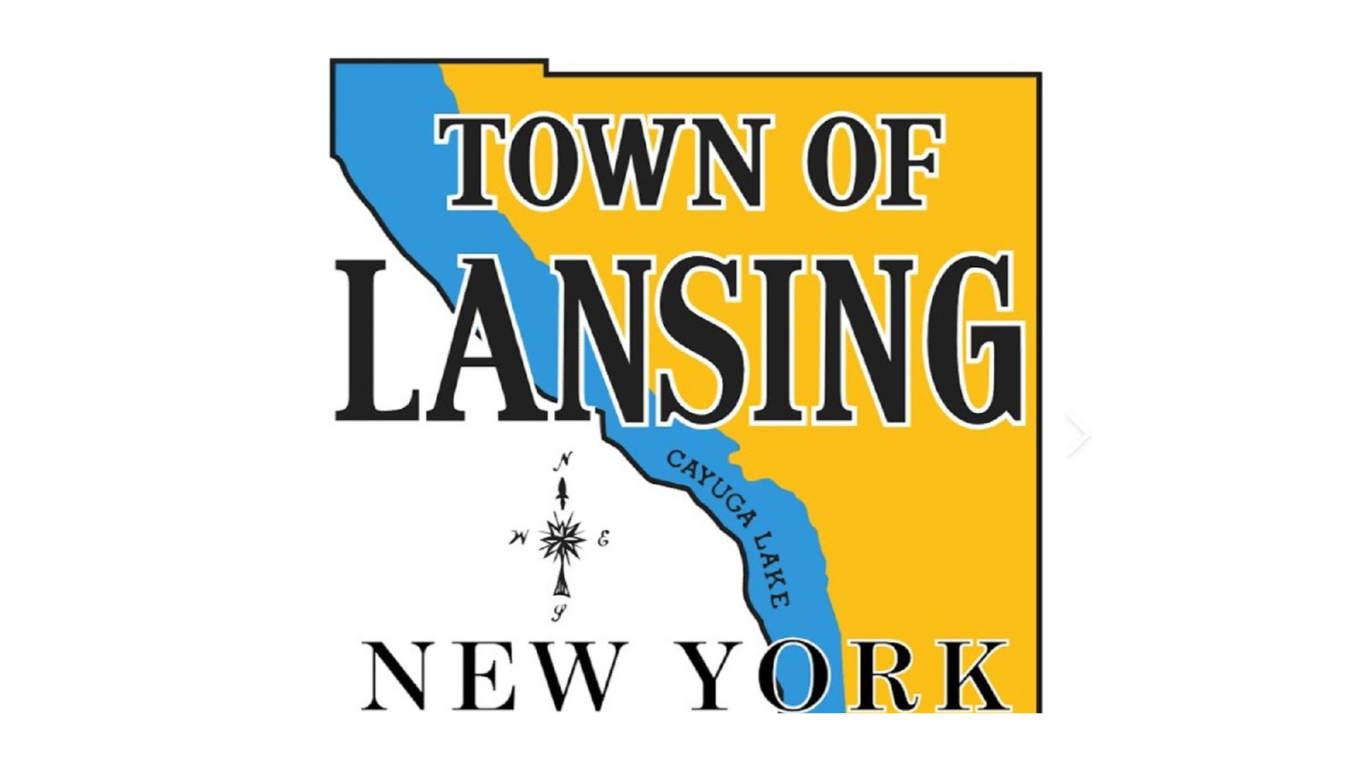We’ve all been there.
You’re nursing a mistake or wrestling with a tough decision when suddenly someone swoops in with “helpful” advice you never asked for. Instead of feeling supported, you feel judged and second-guessed.
CNBC has some phrases you can use to shut down unsolicited advice from others:
This is a polite way to acknowledge someone’s input without locking yourself in. It keeps the peace and acknowledges the other person’s contribution, while keeping the decision-making power firmly with you.
This is the softest boundary, best in instances like a colleague weighing in on how you should run your project, or a relative chiming in about your personal choices.
It is ideal for professional and personal contexts where you want to stay courteous, but not invite any more input.
‘That’s a useful view. I prefer to handle it this way.’
This shows you’re listening to their perspective while keeping the choice of how to act in your hands. It balances respect while honoring your own autonomy, and research shows that protecting autonomy is key to wellbeing, motivation, and self-belief.
This is ideal when the advice-giver is senior to you, maybe a boss or mentor. It lets you acknowledge their authority while standing firm in your approach. It’s useful when you haven’t made a decision yet, but know the direction you want.
That said, if the advice comes from someone with more experience or oversight, it may make sense to follow their direction unless you have a very strong reason not to. You could add add a brief explanation: “I prefer to handle it this way, and here’s why…”
‘I appreciate your input. I already have a plan for how I’ll move forward.’
This respectfully closes the loop while signaling you’ve got things under control. It also reduces the chance that they’ll keep offering repeat advice because you’ve been clear about having a direction.
Use this for repeated or insistent advice, like a coworker who keeps pushing their “better way” of doing something, or a family member who doesn’t trust you to make your own choices.
It’s a firmer step up from “That’s a useful view. I prefer to handle it this way,” because it explicitly states that you already have a plan.
‘That means a lot. Right now I’d really value support more than solutions.’
This reframes the interaction by guiding them toward what you do need, which is emotional support instead of instruction. It channels their good intentions while protecting your sense of control.
It shines in personal situations, like when friends or family jump in with advice, but what you really need is empathy, and someone to listen.
Research finds that emotional support often help us feel better when we’re stressed, while solution-giving can sometimes miss the mark or even backfire.
‘I hear you. If I need more guidance, I’ll reach out.’
This validates their effort but sets a clear boundary. This approach prevents further unsolicited input while leaving the door open for you to seek advice on your terms.
It’s useful when you need to firmly close the conversation, like when you’re getting bombarded with “shoulds” at work, or when someone keeps overstepping in your personal life.
One important thing to keep in mind: Tone changes everything. The very same words can come across as gracious or defensive depending on how you deliver them. Aim for calm, steady, and respectful. That’s what makes these responses work.
Advice will always come, whether you want it to or not. At work, at home, in the grocery line, even at the gym. Your power lies in how you receive it.
















